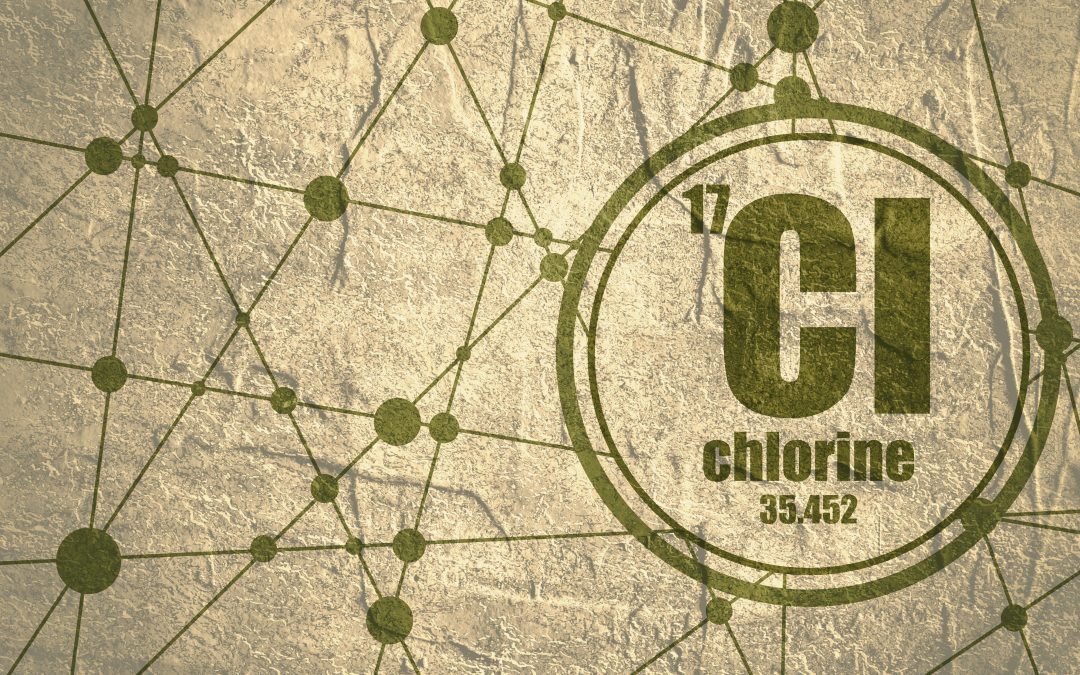Ask any gardener: maintaining a healthy garden requires a delicate balance of various factors,
including soil quality, sunlight exposure, and water management. While water is one of the big
three necessities for plant growth, many gardeners place their focus on the amount– rather than
the quality– of the water flowing from their garden hoses. Chlorine in particular is often
overlooked… and it may be doing more damage than we think, all the way down to the soil
itself. So how does it affect our garden overall, and how can we mitigate the harm?
The Chlorine Conundrum
Chlorine is a micronutrient that can be found everywhere in nature; in fact, small amounts of it
are essential for a plant to thrive. It aids plant metabolism during photosynthesis, and works in
tandem with potassium ions to initiate osmosis and maintain fluid balance within plants. But you
know what they say about too much of a good thing!
Municipal water filtration facilities utilize chlorine to kill harmful bacteria and ensure the safety of
tap water. Although chlorine toxicities occur most often in areas with harder water, even the
acceptable levels of chlorine in tap water (4 parts per million, as recommended by the CDC) can
have an adverse effect on your plants.
How Chlorine Affects Your Garden
When chlorine-laden water comes into contact with delicate root systems, especially on the
regular watering schedule required to maintain a garden, it can result in root cell damage,
leading to reduced nutrient absorption and restricted water uptake. This means a higher
potential for stunted growth, wilted and scorched leaves, and lower quality harvests.
Seeds enveloped in a chlorine-rich environment may experience adverse effects as well. Even
inside of the packet you bought from the hardware store, seeds are naturally encapsulated in
protective casings that shield them from the elements until they are ready to germinate. Chlorine
exposure may weaken or break down these seed casings, making them more susceptible to
damage and reducing their ability to germinate successfully. Affected seeds can even fail to
sprout entirely.
Chlorine damage spreads even as far as your soil itself. Chlorine, in its chemical form, is highly
reactive and can readily bond with other elements; when it interacts with organic matter in the
soil, it can produce harmful compounds that inhibit plant growth. Researchers have even found
that chlorinated tap water may kill a number of beneficial microorganisms in soil and compost
piles, especially under regular waterings.
So, What’s a Gardener to Do?
Luckily, there are a handful of viable options for minimizing the threat of chlorine in your garden.
While chlorine’s presence in water can pose challenges for plants, several strategies can help
minimize its adverse effects.
Water Aeration: Allowing chlorinated water to sit for at least 24 hours before using it in the
garden allows the chlorine to dissipate naturally. Aeration facilitates the release of chlorine gas,
reducing its concentration and rendering it safer for your plants. However, this process takes the
longest to perform and does not remove any other potential contaminants in your water.
Ultraviolet Light: UV light triggers a variety of chemical processes that also remove chlorine;
free chlorine is removed by wavelengths between 180 to 200 nanometers, and UV bulbs
operate between 180 to 400 nanometers, making them a good choice for dechlorination. This is
an unconventional method, however, and it has less effect on organic compounds, chemicals,
and dissolved metals that may be present in your water as it simply breaks them down rather
than removing them.
Rainwater Harvesting: Collecting and utilizing rainwater may be a good alternative to
chlorinated tap water. However, rainwater can come with its own host of contaminants as a
result of roof and plumbing materials as well as atmospheric contaminants.
Filtration: Employing activated carbon filters can effectively remove chlorine from water. This
method is a particularly convenient long-term solution, providing a direct barrier between
chlorinated water and your plants. By removing chlorine and other harmful contaminants directly
from the source, filters create a clean environment that promotes healthy root development,
ensuring your garden’s thriving growth.
Of all these options, water filtration stands out as a reliable, efficient, and convenient solution to
combat the threat of chlorine in your garden. Activated carbon filters, especially those
specifically designed for gardening purposes, not only address the adverse effects of chlorine
but also act as a comprehensive solution, eliminating other potential contaminants that might
hinder your garden’s health. With filtration, you can cultivate a garden that thrives from the
ground up, providing your plants with the ideal environment for robust root development and
vibrant, flourishing foliage.
In the world of gardening, it’s crucial to remember that success is directly linked to the quality of
our fundamentals. From sunlight, to soil, and even to water, each factor is an essential piece of
the puzzle. By understanding the effects of chlorine and implementing mitigation strategies, we
can promote successful seed germination, maintain healthy plant growth, and maximize the
bountiful harvests we reap from our gardens.

